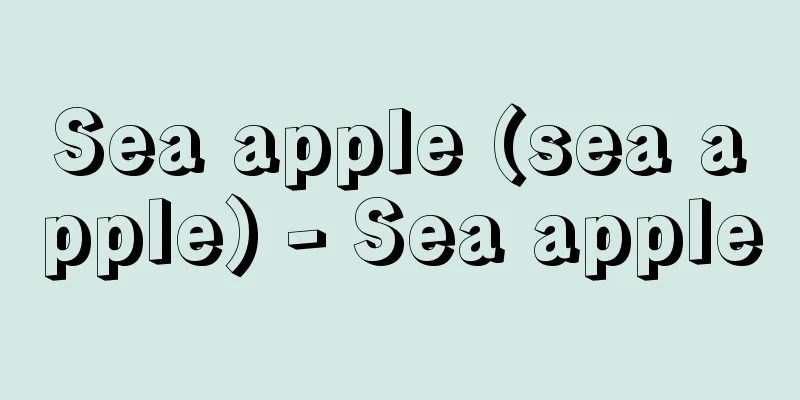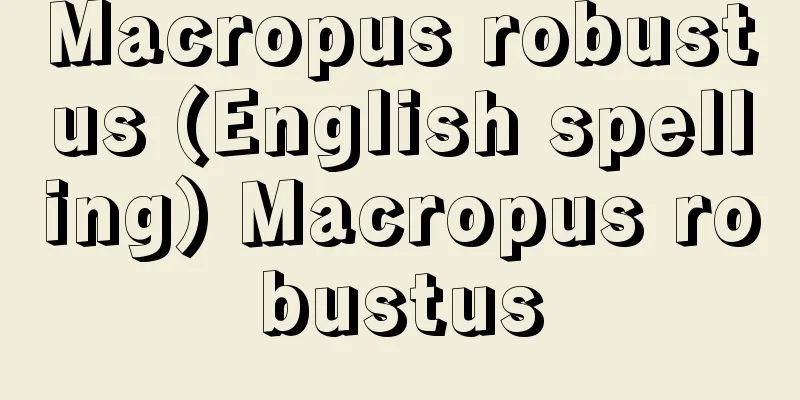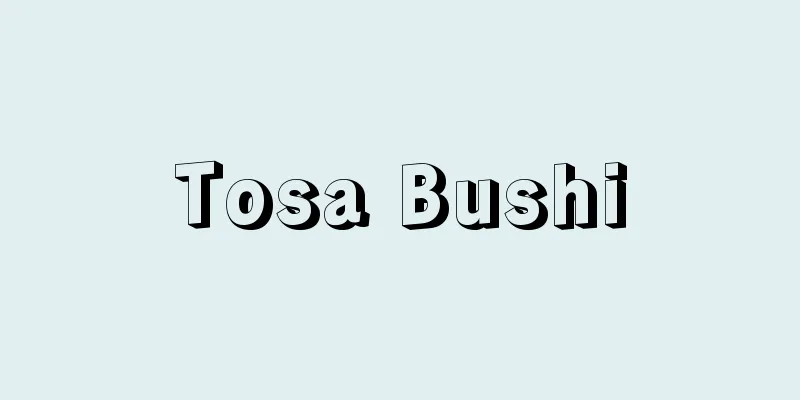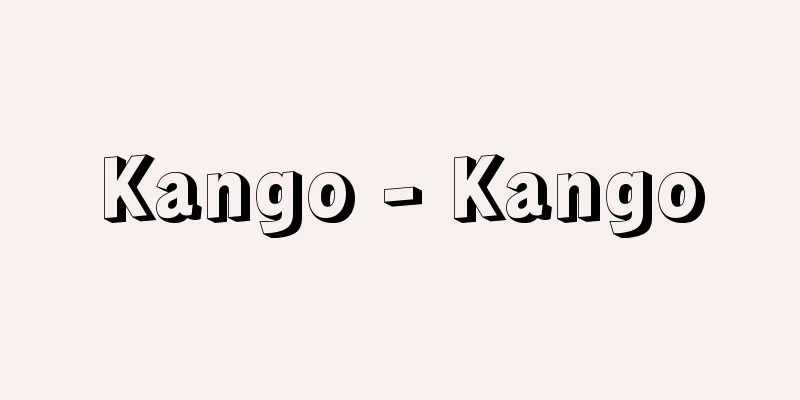Sea apple (sea apple) - Sea apple

|
Cystoidea (illustration), an extinct class of primitive stalked echinoderms that flourished from the Middle Ordovician to the Late Devonian. They generally consist of spherical bracts, which are covered with many irregular limestone plates. Important characteristics are the nature of the holes in the limestone plates and the finger plates for ingesting food. They survived by attaching themselves directly to features on the seafloor with their bracts or stalks. [Morishita Akira] Source: Heibonsha World Encyclopedia, 2nd Edition Information |
|
オルドビス紀中期~デボン紀後期に栄えた原始的な有柄棘皮(きよくひ)動物の絶滅綱Cystoidea(イラスト)。一般に球状の苞(ほう)からなり,苞は多くの不規則な石灰板でおおわれている。重要な形質は石灰板の孔の性質と食物を摂取する指板である。苞または柄で直接海底の地物に固着して生存していた。【森下 晶】
出典 株式会社平凡社世界大百科事典 第2版について 情報 |
<<: U Minh Forest - U Minh Forest (English name)
>>: Sea lily (umi-yuri) - sea-lily (English spelling)
Recommend
Asahiokayama Shrine
...In the Tohoku region, a Bonten dedication fest...
Bag - bag
〘Noun〙 The name of a part of a robe . The part of ...
Pitt-Rivers, AH (English spelling) PittRiversAH
…The Germanic peoples also held shields in high e...
Kaya (Thaya) - Kaya
A general term for plants of the grass family, suc...
Hyaenidae
…the name given to a group of carnivorous hyenas ...
Nestorianism
Nestorianism was the first Christian sect to be i...
Aphrodisiac - aphrodisiac
A drug used to treat male impotence, also known a...
Kefuki grass - Kefuki grass
A book of etiquette for haiku (haikai), 5 books i...
boustrophedon
… In ancient times, only capital letters were use...
Oedo Culture
...Traditionally, its decadence has been emphasiz...
amour courtois (English spelling) amourcourtois
...It was sung as a central theme by the troubado...
Photinia quinata - Kanamemochi
An evergreen small tree of the Rosaceae family (A...
Taiji [town] - Taiji
A town in Higashimuro County on a small peninsula ...
Plastic Film
Various synthetic resin film packaging materials. ...
Notification system - Todokeidesei
A notification is a notification of a certain fact...



![Setouchi [town] - Setouchi](/upload/images/67cc05b2f3c3b.webp)





